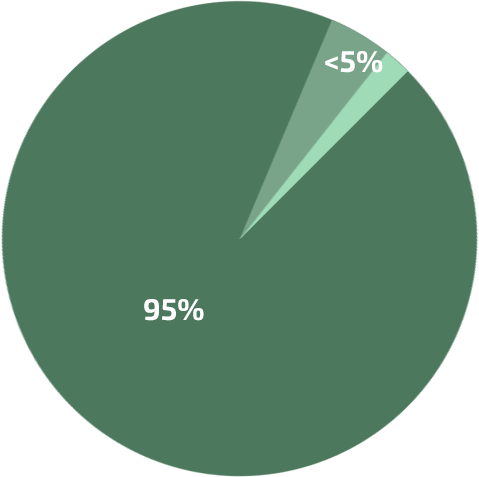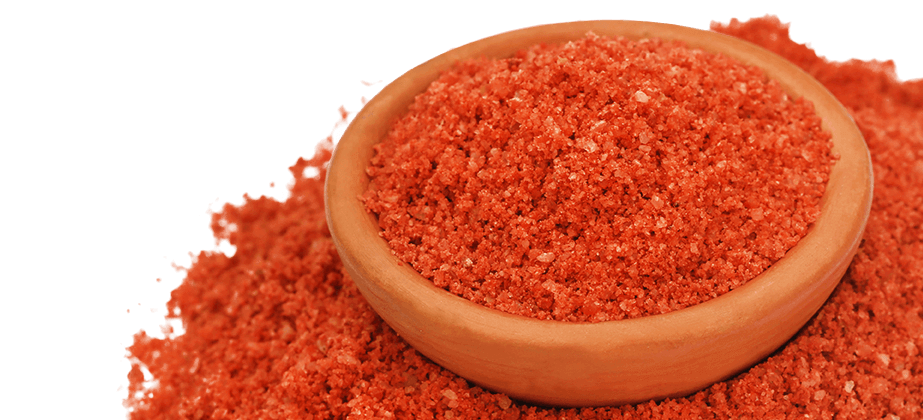About Potash
What is potash?
Potash refers to both potassium compounds and potassium-bearing materials – the most common being potassium chloride (KCl). The term potash comes from the early practice of extracting potassium salts through leaching wood ashes and evaporating the solution.
Potassium can be found in abundance in nature, as it is the seventh most common element in the earth's crust. Potash is mined from natural mineral deposits left by underground seas that evaporated over 300 million years ago. The dominant potash compound currently on the market is potassium chloride, a naturally occurring pink mineral for which Saskatchewan is the world's leading producer and exporter.
The uses of potash
Ninety five per cent of the world's potash supply is used for fertilizers. It is a key ingredient that improves water retention, strengthens plant stems, increases crop yields and provides increased disease resistance. Potash has two other uses – livestock feed supplements and industrial processes. A small percentage of potash is used in manufacturing items such as soaps, glass and ceramics.

95% Fertilizers
<5% Livestock feed supplements
<5% Manufacturing items such as soaps, glass and ceramics
The history of potash in Canada
The history of Canada’s potash industry began in 1767 when potash from wood ashes was first exported. These early exports of potash and pearl ash (potash and lime) totalled 43,958 barrels in 1865. By 1871, there were 519 Canadian asheries in operation. Competition from Germany resulted in an industry decline in the late 19th century. Potash was discovered in Saskatchewan, Canada in 1943 when the province was in the process of oil drilling. Active exploration commenced in 1951.

The future of potash
Potash is poised for a strong surge in demand due to the limited farm credits for potash usage that farmers all over the world have experienced. For one reason or another, potash has been under- utilized in most countries.
The world's appetite for potash is predicted to grow between 3 & 4 per cent per annum on average based on current consumption patterns. This equates to almost two million additional tons of potash required each year. The world's consumption rates over the next decade can only be satisfied by adding the equivalent of one new potash mine every year.
The United Nations has reported that world population will rise 40 per cent in the next 40 years - and by 2050 food demand is expected to double. It is clear that there will be a significant increased demand for crops used in food, animal feed, fibre and bio-fuels, which will substantially change agricultural production. More food will need to be produced on less land.
It is not without reason that at North Atlantic Potash we believe the future demand for potash will require expanded supply capacity. NAP is well situated in the Saskatchewan Potash area to capitalize on this growth.
